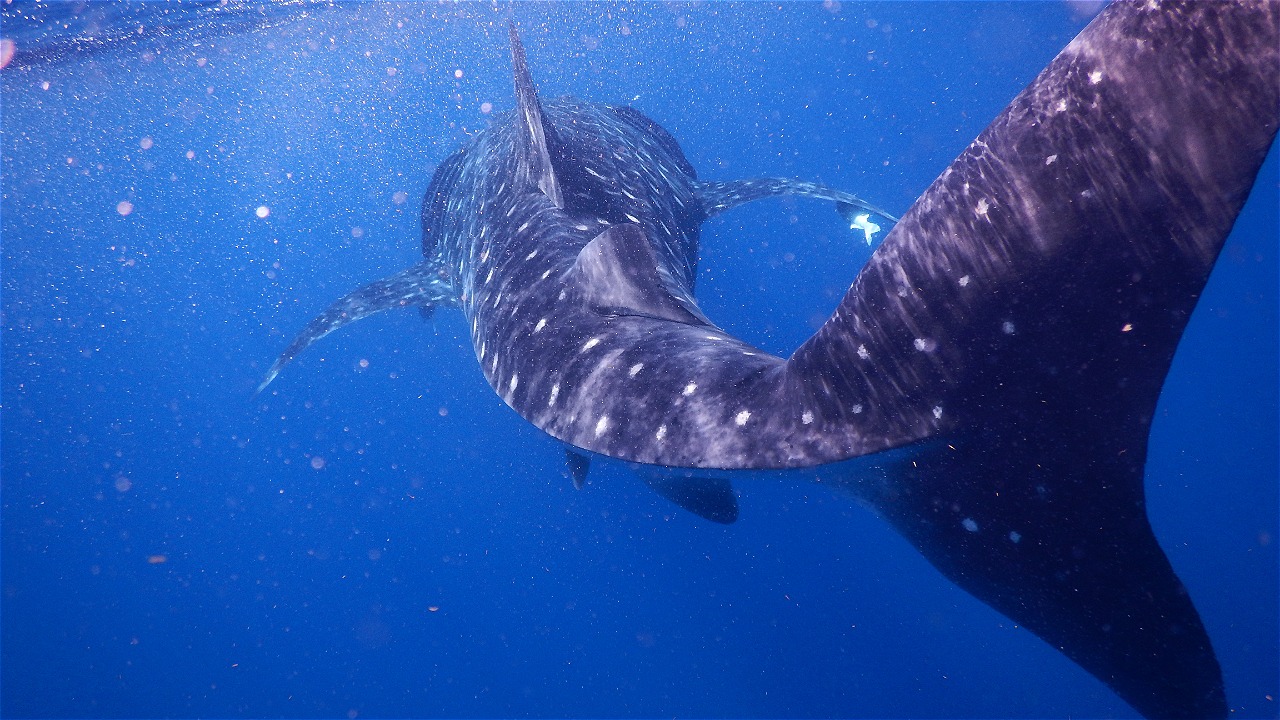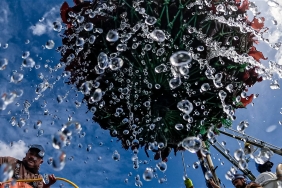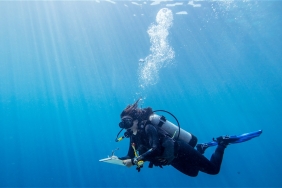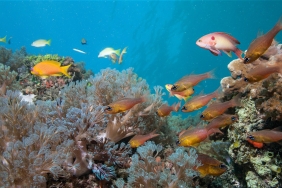CITES RESTRICTS SHARK AND RAY TRADE
Jakarta - Avoiding excessive and uncontrolled exploitation of sharks and rays, 17th Meeting of the International Convention on Endangered Species Trade Convention (COP 17 CITES) in Johannesburg, South Africa, 24 September -5 October 2016, agreed to include shark species (Silky Sharks / Carcharhinus falciformis), rats sharks (Thresher sharks / Alopias spp) and mobula rays (Devil rays / Mobula spp) in Appendix II list.
WWF-Indonesia considers the agreement a major victory in efforts to manage the use of sharks and rays around the world. ""Sharks and rays are much hunted in Indonesia, with the entry of sharks and rays on the Appendix II of CITES, the member states agreeing to provide strict protection and control of their trade,"" said DWW Ariyoga Gautama, WWF-Indonesia's Bycatch & Shark Conservation Coordinator.
These three species are listed in the Appendix II list after obtaining 2/3 majority votes from countries that have ratified CITES. To support the management of shark and pari species, last year WWF Indonesia together with the Ministry of Marine Affairs and Fisheries (KKP) has published a document on the proceedings of the Shark Symposium and Pari Indonesia Symposium. In Indonesia, the National Action Plan (RAN) of Shark and Pari Management 2016-2020 governing the protection and trade of sharks and rays has been established.
Although the national shark production record between 2000 and 2014 tends to decrease by 28.30 percent (DJPT, 2016), Indonesia in 2014 is still the largest shark producing country in the world with a contribution of 16.8 percent of the total world catch. It is also known that the annual average of mobula catches landed in Lamakera, Tanjung Luar and Cilacap during the period 2001-2014 has decreased drastically by more than 65 percent.
The Lampulo Aceh Fishing Port, Karangsong Indramayu, Cilacap, Lamongan Berondong, Muncar, Benoa Harbor, and Tanjung Tanjung are the largest shark landing centers in Indonesia. ""The mechanisms of shark and ray product searches, export-side exit restrictions, and full capture and intact landing arrangements need to be focused as a shark trade control system,"" Ariyoga added.
The Ministry of Marine Affairs and Fisheries (KKP) has issued Ministerial Regulation No. 34 of 2015 on changes in Candidate KP No. 57 of 2014 on the Prohibition of Cowboy Shark Spreading (Carcharhinus longimanus) and 3 types of Martil Shark (Sphyrna spp) from the Territory of the Republic of Indonesia to the Outer Territory of the Republic of Indonesia. This regulation is a response to the inclusion of four types of sharks and two types of manta rays, shark cowboy sharks, three types of shark hammerheads, oceanic manta rays and manta reef / ocean manta rays (scalloped hammerhead, smooth hammerhead, great hammerhead) alfredi (reef manta), in 2014.
For more information, please contact:
Dwi Ariyoga Gautama, Bycatch & Shark Conservation Coordinator, WWF-Indonesia
Email: dariyogagautama@wwf.or.id, Hp: +62 811 2331 213
Notes to Editors:
Appendix II Note CITES lists about 32,500 species that are not threatened with extinction, but will be threatened with extinction if trade continues unabated. Appendix II also contains species that look similar and easily erroneous to the species listed in Appendix I. The trade in species included in Appendix II is permitted provided that it must enclose an export or reexport license from the management authority of the exporting country.
For more information on new species and new regulations, please visit http://www.cites.org/prog/shark.
The National Action Plan (RAN) Shark Management and the 2016 - 2020 Shelf can be downloaded through http://bit.ly/RAN-hiupar





